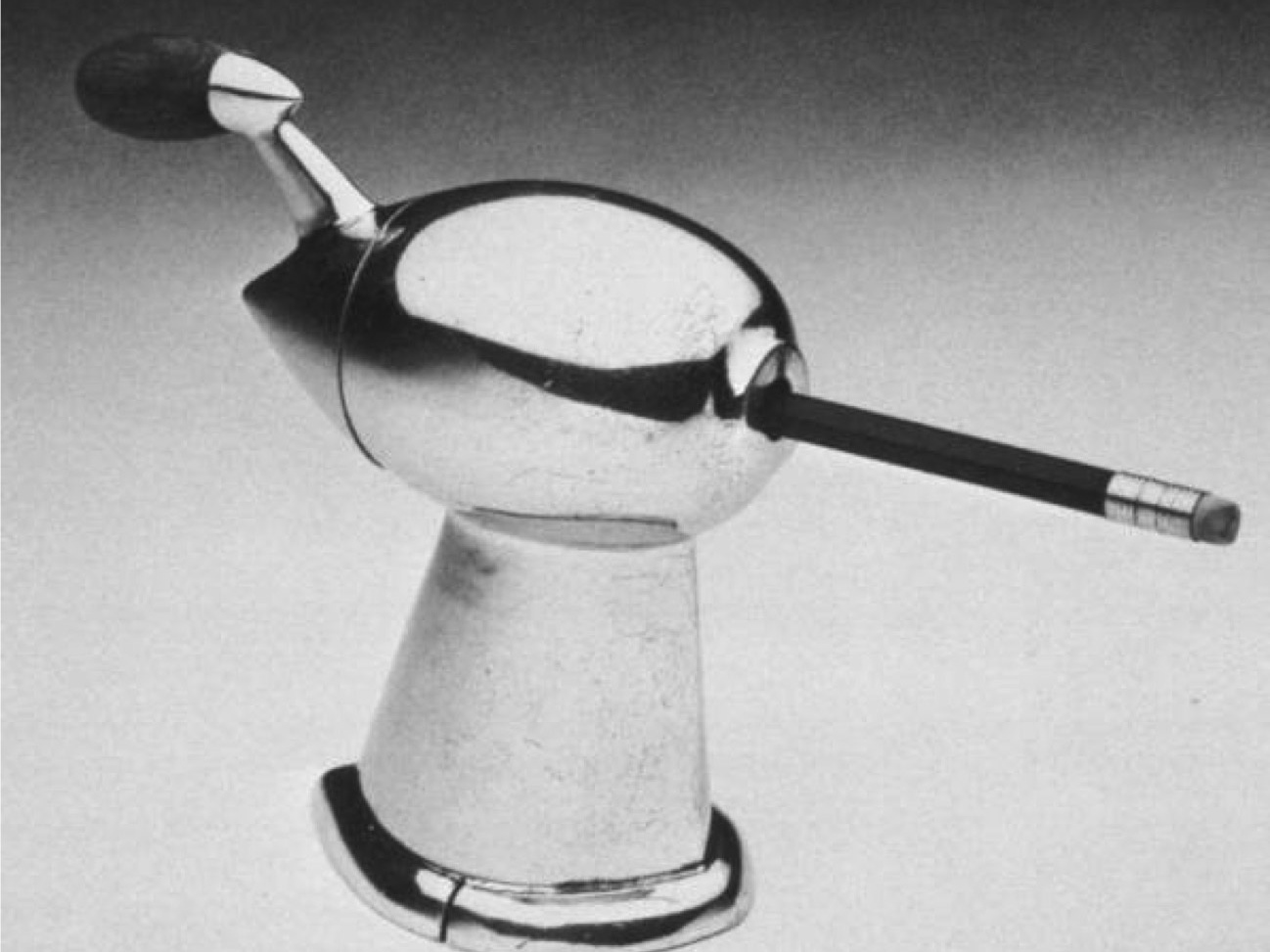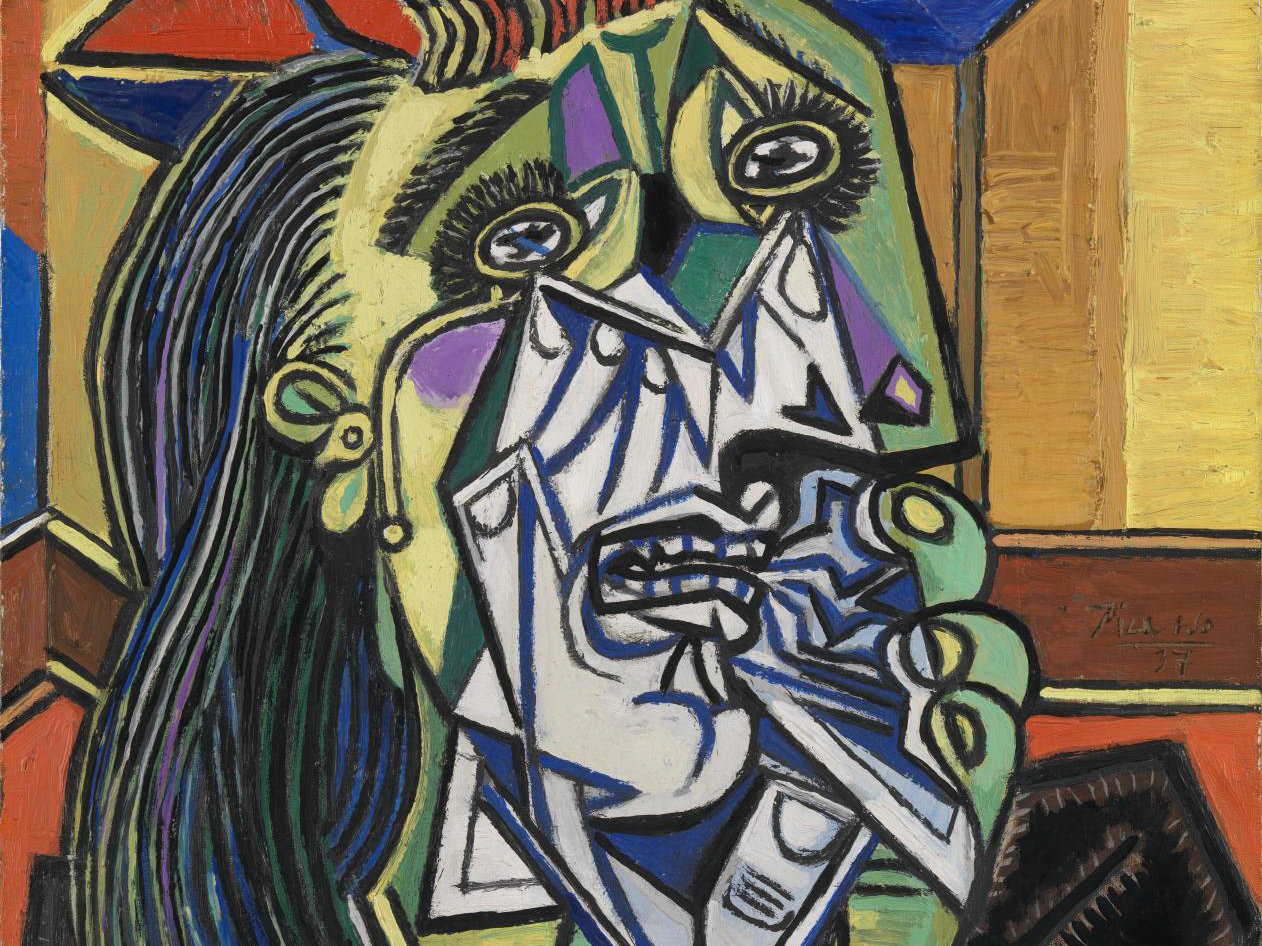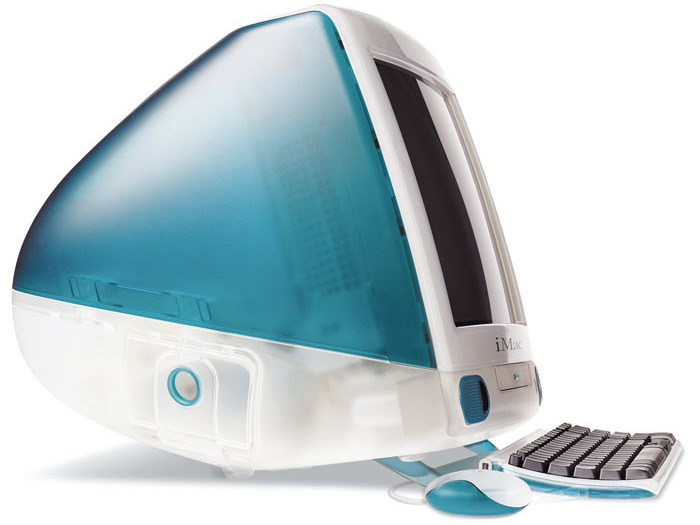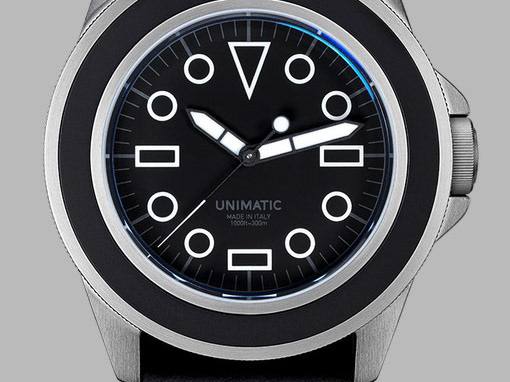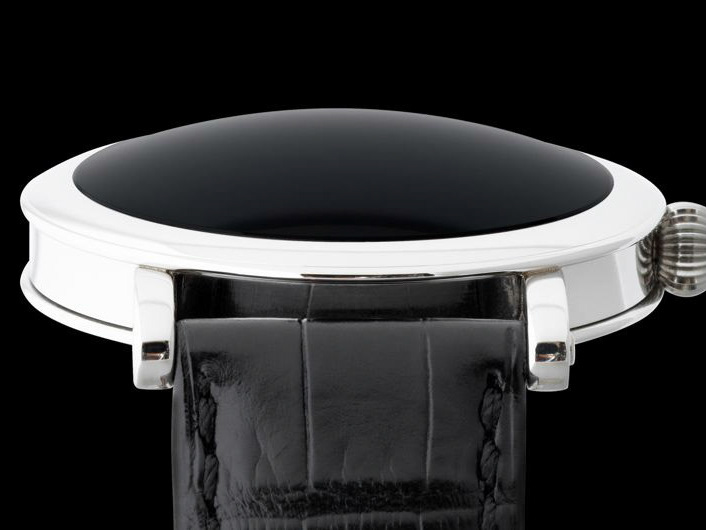A Practical Definition
The term 'aesthetic' is difficult to escape, not just as a designer, but also as a consumer.
There are many papers, books, and other forms of literature discussing the term from historical, anthropological, philosophical, and academic avenues, a few of which I've listed in the 'Further Reading' section below.
My goal is to discuss a way of defining it in a usable way for designers to add it to their arsenal of tools for making decisions.
Everyday Usage
I'd like to use its everyday usage as a starting point.
Aesthetics is often discussed in association with beauty. While it is readily apparent that, for instance, a chair could be beautiful, it sounds odd to say the chair is aesthetic. Perhaps, one would say that it contributes to an aesthetic, but, while beauty is attributed to the object, aesthetic seems to be more appropriately described as a judgement of the context within which the object exists.
That is not to say that 'aesthetic' can only be a noun, we also talk about the 'aesthetics' of experience, of an event, or of a room.
So, there is an aesthetic, as noun, and aesthetic, as adjective.
This suggests an understanding of 'aesthetic' as being related to cohesive sensual experience, exciting the entire range of sensory receptors that we have.
Further, the opposite of 'aesthetic' is 'anaesthetic'. From this, it seems reasonable to suggest that aesthetics should have something to do with sensory perception and feeling. This explains why people often refer to sensory perception-based words to describe the feelings a situation or objects leaves them with: warm, cold, soft, fuzzy, rough. While all touch-based sensory descriptors, they can be applied to the aesthetic of something without mistranslation.
In Design
At this point, there is already a workable, actionable, and useful definition of 'aesthetic' for designers: that which pertains or affects the sensed cohesive experience of something.
So then why do so many design guides and analyses treat aesthetics as something that only satisfies the visual sense? Why is the industry that ostensibly pays the most attention to 'aesthetics' interpreting it in the most narrow and shallow way, whereas the general colloquial interpretation is so much more useful?
This intentional and purposeful creation, awareness, and manipulation of sensual inputs is the core of aesthetic design, and even engineering, which is often only acknowledged implicitly.
Conclusion
I find it interesting that the everyday understanding of 'aesthetic' carries a more operational meaning that the way it is often used in the context of design, separating it from the overall experience of using and interacting with something and relegating it to 'mere' visual pleasure.
In operation, designers can benefit from approaching any and all forms of production (product, event, architectural, etc.) with the exploitation and engagement of all senses in mind. This can be used to further the function of a product (as discussed in my previous post on the subject), as well as ensure that the 'thing' becomes a fulfilling 'experience' itself (explored in more depth in my post on experience).
Further Reading
Art as Experience - John Dewey
The Role of Aesthetics in Engineering - Rolf A. Faste
The Aesthetic Dimension - Herbert Marcuse


